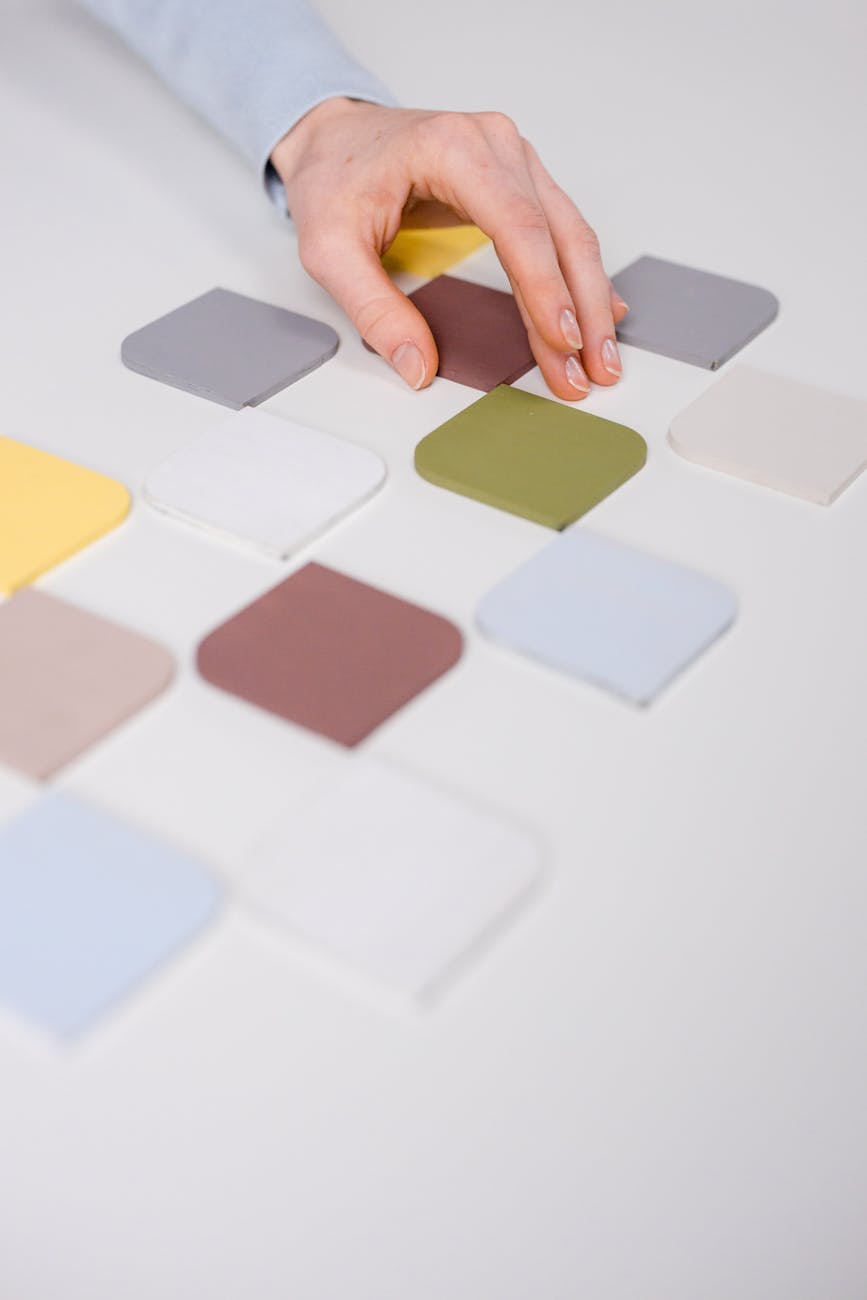Color Theory in Art: Masterful Tips for Captivating Creations
Color theory is a fundamental aspect of art that plays a crucial role in creating captivating and visually appealing works of art. Understanding the principles of color theory can help artists effectively use colors to convey emotions, create harmony, and evoke specific moods in their artworks. In this article, we will explore some masterful tips for utilizing color theory in art to enhance your creative process and produce stunning creations.
The Basics of Color Theory
Before delving into the tips for applying color theory in art, it’s essential to have a solid grasp of the basic principles. Color theory is based on the color wheel, which is a visual representation of colors arranged in a circle. The primary colors are red, blue, and yellow, and by mixing these colors, secondary and tertiary colors are created. Understanding the relationships between these colors is key to effective color usage in art.
Creating Harmony with Analogous Colors
One masterful tip for captivating creations is to use analogous colors. Analogous colors are colors that are adjacent to each other on the color wheel, such as red, orange, and yellow or blue, green, and yellow. Using analogous colors in your artwork can create a sense of harmony and unity, making your composition visually pleasing and balanced.
Evoke Emotions with Warm and Cool Colors
Another tip for leveraging color theory in art is to be mindful of the emotional impact of warm and cool colors. Warm colors like red, orange, and yellow tend to evoke feelings of energy, warmth, and excitement, while cool colors like blue, green, and purple have a calming and soothing effect. By strategically incorporating warm and cool colors into your artwork, you can evoke specific emotions and set the mood for your piece.
Understanding Color Contrast for Emphasis
Mastering color contrast is essential for creating emphasis and focal points in your artwork. One effective way to achieve contrast is by using complementary colors, which are opposite each other on the color wheel. For example, pairing red with green or blue with orange can create a dynamic and attention-grabbing visual impact. By incorporating color contrast, you can draw the viewer’s eye to specific areas of your artwork and enhance its overall impact.
Utilizing Color Schemes for Cohesive Artworks
Lastly, employing color schemes can help you create cohesive and harmonious artworks. Common color schemes include monochromatic, analogous, complementary, and triadic schemes, each offering a different approach to color combination. Experimenting with different color schemes can help you find the right balance and create stunning compositions that effectively communicate your artistic vision.
In conclusion, color theory is a powerful tool that artists can use to elevate their creations and make a lasting impression on viewers. By understanding the basic principles of color theory and implementing masterful tips like utilizing analogous colors, evoking emotions with warm and cool colors, leveraging color contrast, and employing color schemes, you can create captivating artworks that resonate with your audience. So, next time you pick up your brushes and paints, remember to harness the power of color theory to unleash your creativity and produce mesmerizing masterpieces.

Leave a Reply